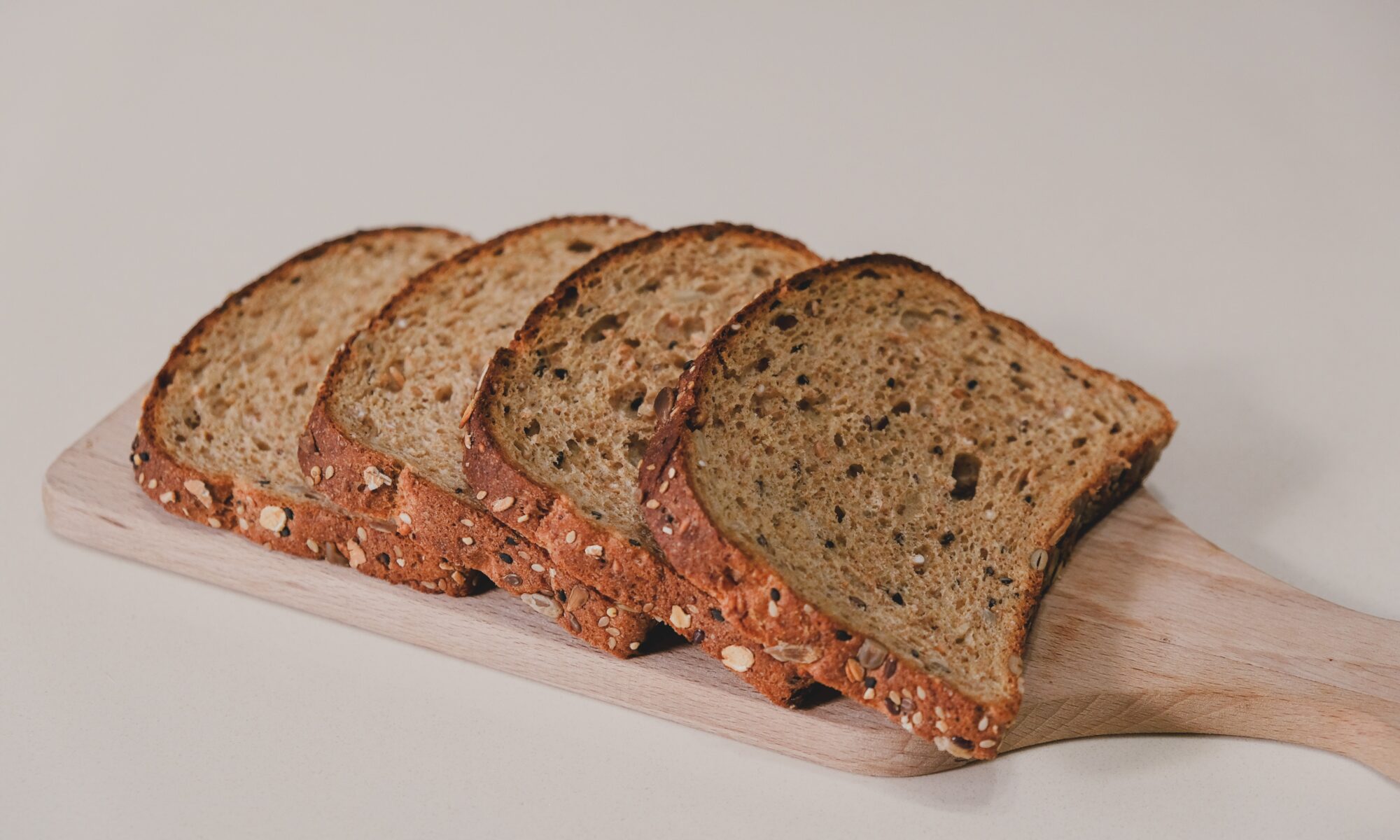Most of you know that I enjoy cooking—my intention is to create food that is not only delicious, but deeply nourishing. As an herbalist, I’m especially interested in the health benefits of common herbs and spices used in culinary traditions around the world. My Italian heritage means that basil, oregano, and rosemary play a prominent role in our kitchen, but our shelves are filled with a wide variety of spices and herbs. One of my favorites is turmeric, a deep golden yellow powder that is best known as an ingredient in East Indian curries. Throughout history, turmeric has been valued as a spice, food preservative, dye (giving Buddhist robes their familiar golden color), and most importantly, as a powerful plant medicine. A close relative of ginger, turmeric grows in southern India, China, and Indonesia.
The Many Health Benefits of Anthocyanins
When I think of foods that have “super” health-promoting properties, berries are on my list of top ten favorites. Not only are they delicious, but bilberries, black currants, blackberries, blueberries, cranberries, elderberries, raspberries, strawberries—in fact, every berry you can think of—offer an enormous range of health benefits. What all of these berries have in common are anthocyanins—the pigments that give them their rich deep red and purple coloring. Although berries are perhaps the best-known sources of anthocyanins, other foods with the same colorants—for example, beets, cherries, eggplant, plums, pomegranates, purple cabbage, purple grapes, and red onions—also contain these valuable compounds. Grape seed extract, an especially rich source of anthocyanins, is the most widely researched anthocyanin supplement. Another excellent anthocyanin source—and one of my favorites—is a blend of fruit anthocyanins, which contains red grape, elderberry, blueberry, aronia berry, pomegranate, and red raspberry.
Can Statins Be Avoided With Lifestyle Interventions? Part 2
In part 1 of this series, I provided an in-depth evaluation of the powerful role that diet plays in cardiovascular health, particularly in regard to achieving healthy cholesterol levels. As I pointed out in that post, I do not recommend statins, except in rare cases. Even then, the dosages I recommend are far less than the current standard of practice dictates.
Although cholesterol is often singled out as the cause of cardiovascular disease, this waxy, fat-like substance is essential to our health. Cholesterol is found in every cell, and is an important component of the membrane that surrounds cells. It’s also necessary for hormone production, specifically the hormone pregnenolone, which is the precursor to all other steroid hormones. Additionally, cholesterol is the precursor for bile acids that are necessary for digestion and provitamin D.
Continue reading “Can Statins Be Avoided With Lifestyle Interventions? Part 2”
Can Statins Be Avoided With Lifestyle Interventions? Part 1
It likely comes as no surprise that whenever possible, I advise avoiding pharmaceutical drugs in favor of healthy lifestyle changes. Prescription drugs invariably come with a host of side effects—some of which can be life threatening.
Statins, used for lowering cholesterol, are among the most commonly prescribed drugs. Although we’ve long been reassured that statins are safe, the truth is that statin-related side effects—including statin cardiomyopathy—are far more common than previously recognized. Fortunately, this serious condition is reversible with the combination of statin discontinuation and supplemental CoQ-10 (both ubiquinol—the reduced form and/or ubiquinone) and other mitochondrial-enhancing nutrients, such as R-lipoic acid, magnesium-creatine, magnesium glutamine, and botanicals, such as anabolic adaptogens and cardiovascular nourishing tonics.1
Continue reading “Can Statins Be Avoided With Lifestyle Interventions? Part 1”
The Unique Health Benefits of Siberian Sea Buckthorn Oil
Most people are aware that essential fatty acids are a necessary part of a healthy diet, and are familiar with omega 3’s, omega 6’s, and omega 9’s. But you may not have heard of omega 7’s, also known as palmitoleic acid. This rare fatty acid occurs abundantly in Siberian sea buckthorn berries (Hippophae rhamnoides), and has been used for thousands of years in Ayurvedic, Chinese, Greek, Russian, and Tibetan medicine. In Tibet, the berries are revered as the “Holy Fruit of the Himalayas.”
Siberian sea buckthorn oil (pressed from the bright orange colored berry and seeds of the plant) has come to the attention of the Western medical community because of its unique fatty acid profile—it’s the only known plant that contains all four essential fatty acids. Studies show that omega-7 fatty acids contribute to healthy skin, hair, and nails; enhance cardiovascular function; boost brain health; and improve gastrointestinal health. Sea buckthorn is also distinctive in that the fruits and seeds contain an extensive array of antioxidant compounds.
Continue reading “The Unique Health Benefits of Siberian Sea Buckthorn Oil”
The Truth About Grains, Part II
In my last post, I shared my thoughts about the current dietary fad of avoiding grains and my personal approach to a healthful diet. In general, I recommend replacing refined grains with whole grains and suggest two servings of whole grains per day, served as part of two balanced meals. In this post, I delve deeper into the truth about grains, including scientific research that can help you make an educated decision about including grains in your diet.






